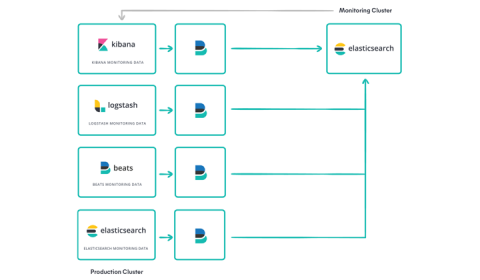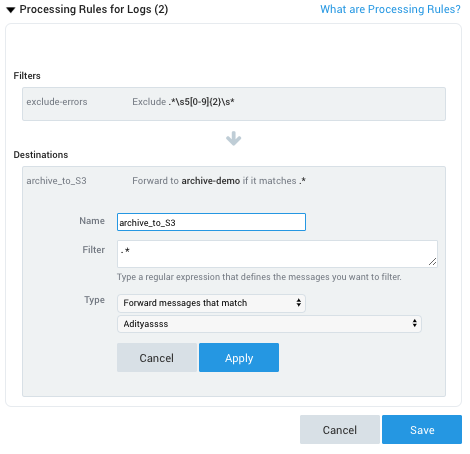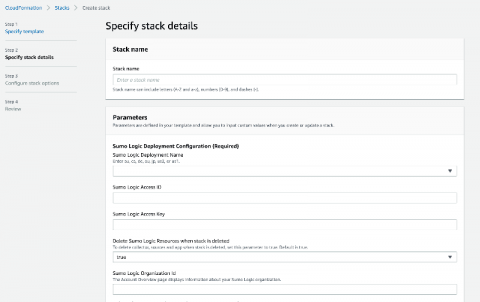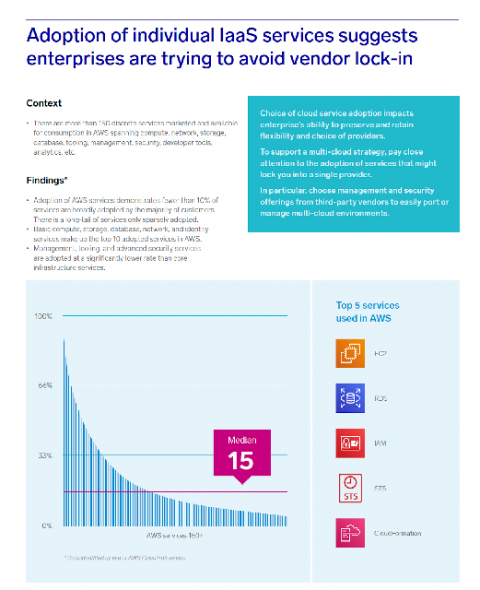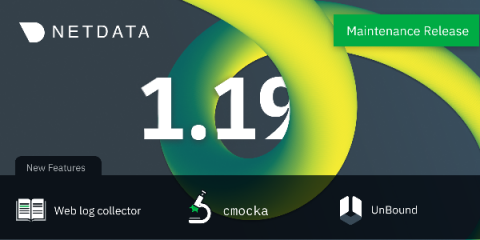Unleashing a Better Open Source: Introducing Logz.io Cloud Observability Platform
Today, I am proud to announce the release of Logz.io Infrastructure Monitoring, a Grafana-based monitoring solution that enables engineers to speed up detection and reduce time to resolution. This new offering extends our Log Management and Cloud Security (Cloud SIEM) products, which together form Logz.io’s new Cloud Observability Platform.



